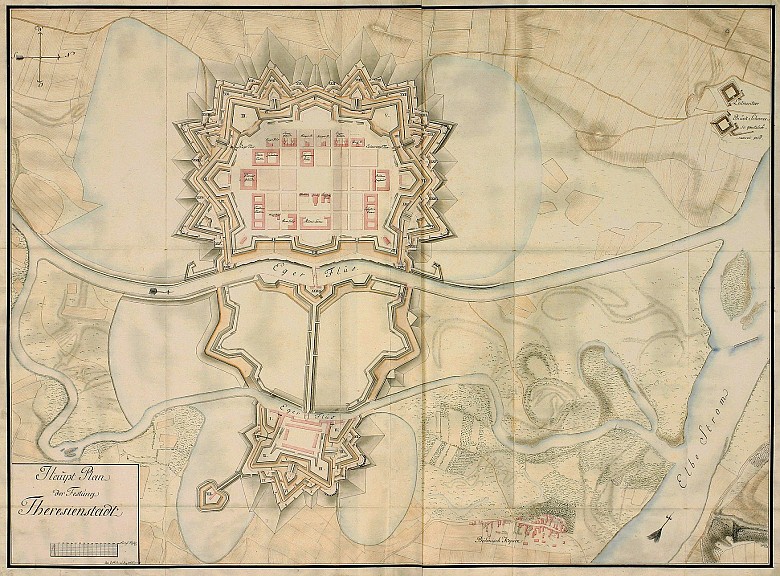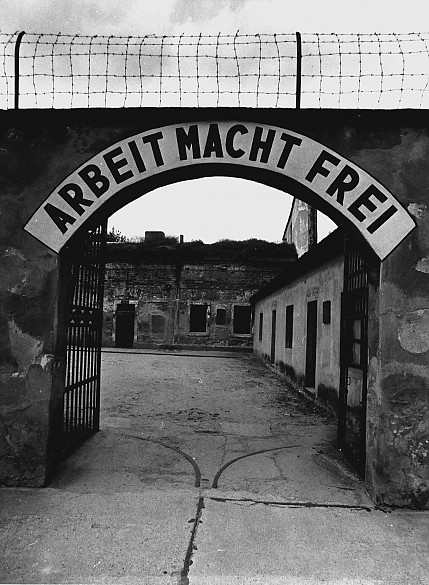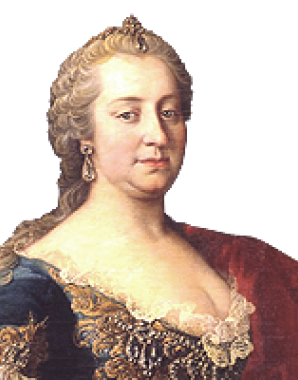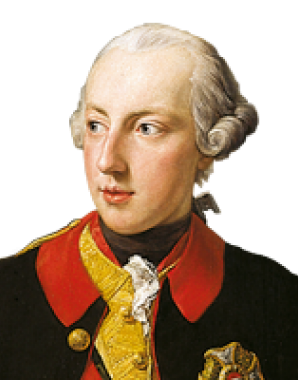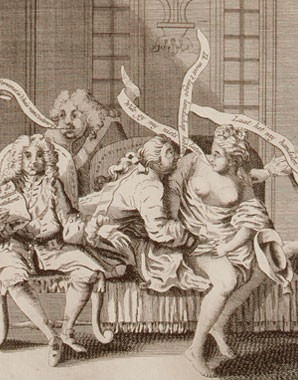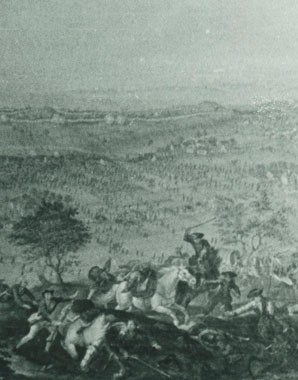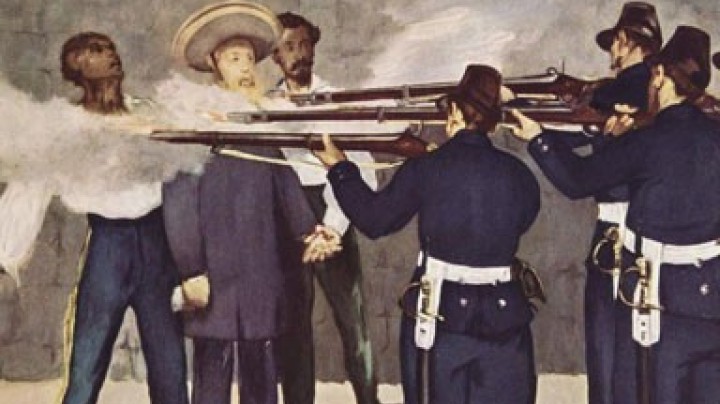Theresienstadt
Theresienstadt (in Czech: Terezín) is a small town in the north of the Czech Republic, named after Maria Theresa. Nowadays, however, it evokes less the Habsburg empress after whom it was named than the tyranny of Nazi rule.
In reaction to the experience of the wars under Maria Theresa, when enemy armies were easily able to overrun Bohemia, fortresses were set up at strategically-important locations within Bohemia. Constructed as state-of-the-art fortifications, the most important of them were named after Habsburg rulers, as a sign of the resurgence of Habsburg rule in the Bohemian lands; besides Theresienstadt, there was another noteworthy fortress at Josefstadt (Czech: Josefov).
Theresienstadt was built as a fortress town between 1780 and 1790 under Joseph II. The huge construction, which in the event of war was to accommodate nearly 15,000 troops, consists of several sections. In addition to the actual fortress town, the location of the River Ohře gave rise to the so-called Small Fortress.
The city, which evolved within the fortress walls over a ground plan in a grid arrangement, is characterized to this day by the somewhat gloomy nature of the buildings in the dry style of military-imperial classicism.
Theresienstadt was never put to the test militarily, and in 1882 was abandoned for good as a fortress, although the fortress itself was left standing. The heavily-reinforced Small Fortress went on to serve as a state prison for the Austrian Monarchy. Amongst others, Gavrilo Princip, the assassin of Sarajevo, was incarcerated there.
Theresienstadt gained sad notoriety as a site of Nazi atrocities. Following the defeat of Czechoslovakia by Hitler and establishment of the Bohemian and Moravian Protectorate under National-Socialist administration, the civil town of Theresienstadt became a transit camp for up to 160,000 Jewish deportees from across Europe on their way to the concentration camps. In a cynical manner, Nazi propaganda presented the Theresienstadt ghetto as a flagship camp for international observers. To this end, a film entitled Der Führer schenkt den Juden eine Stadt (‘The Führer gives the Jews a city’) was produced, purportedly showing the good conditions enjoyed by the inmates. The Small Fortress served as an internment camp and prison.
Theresienstadt where, in the years 1940 to 1945 alone, 38,000 people met their death, thus became a symbol of Nazi inhumanity. Today, the Small Fortress is an international memorial to the victims of National Socialism.
